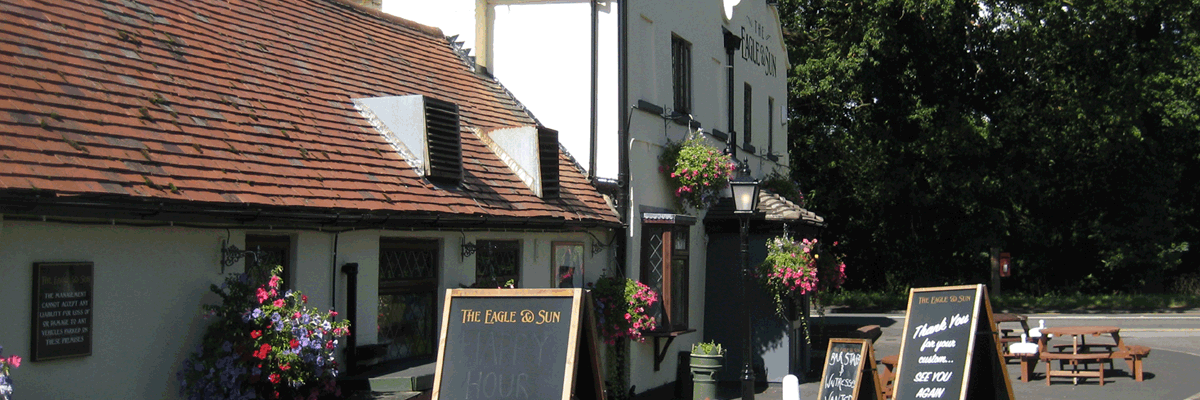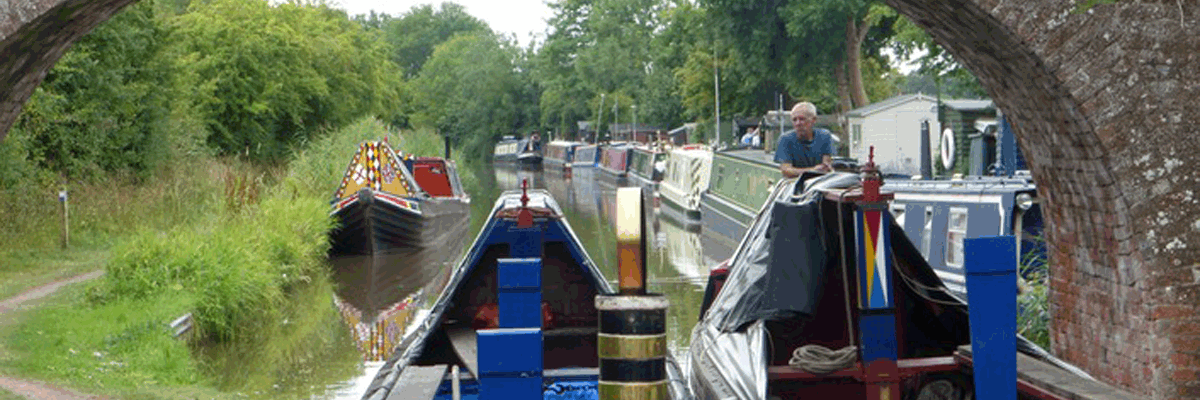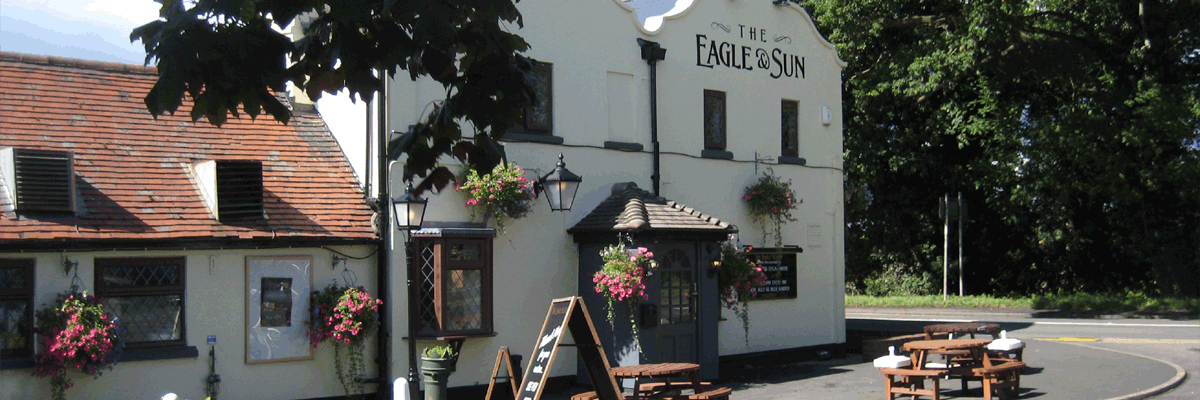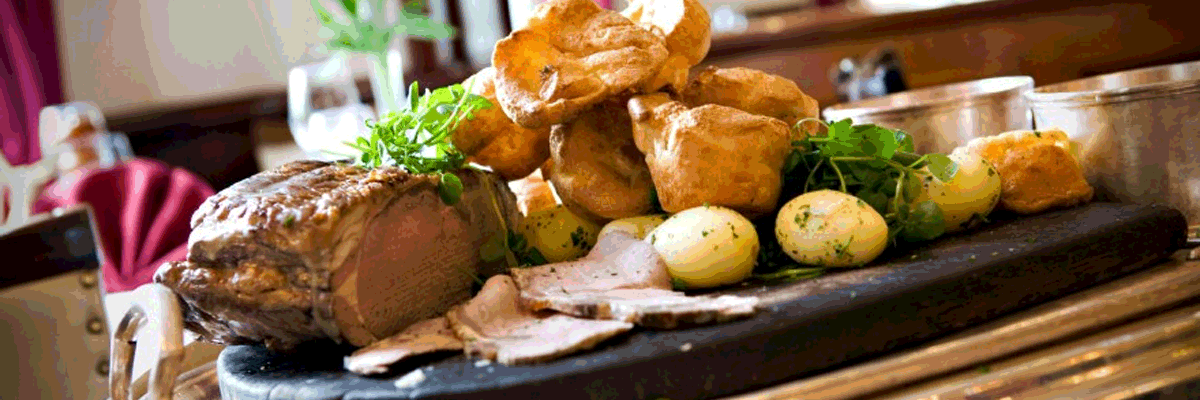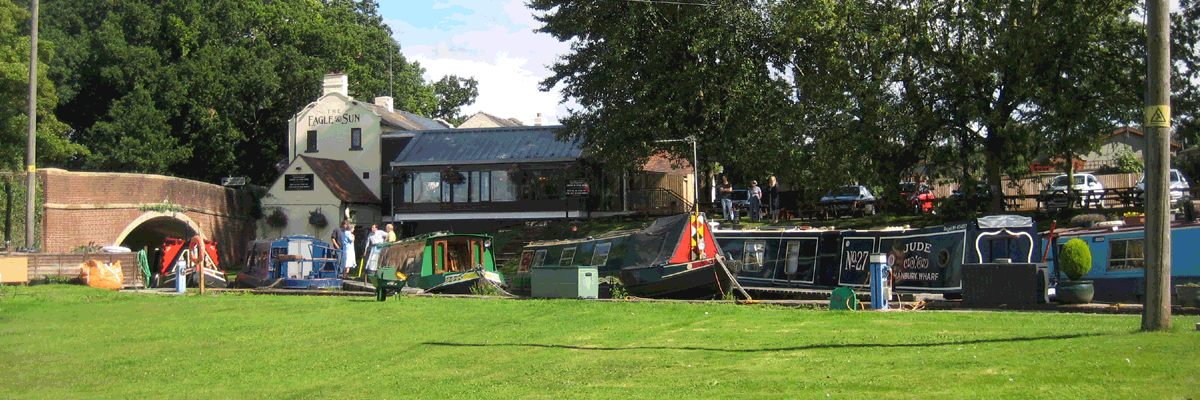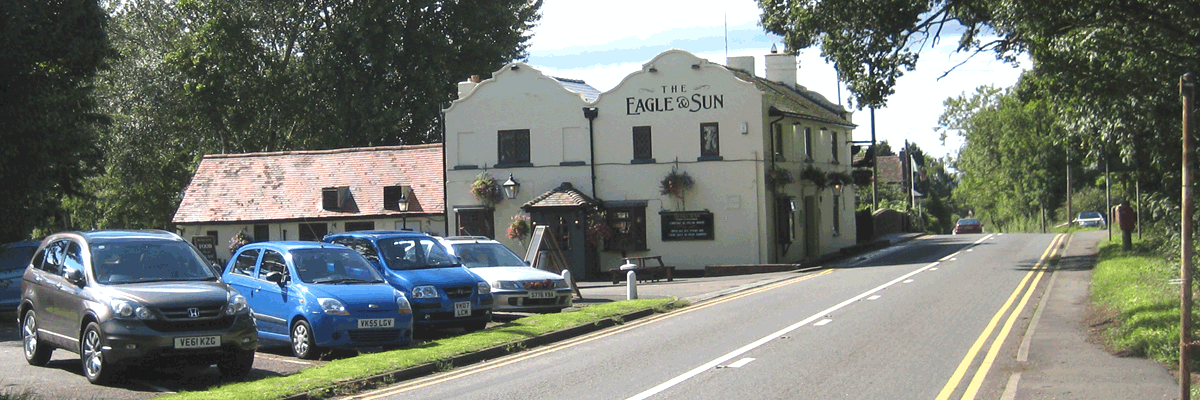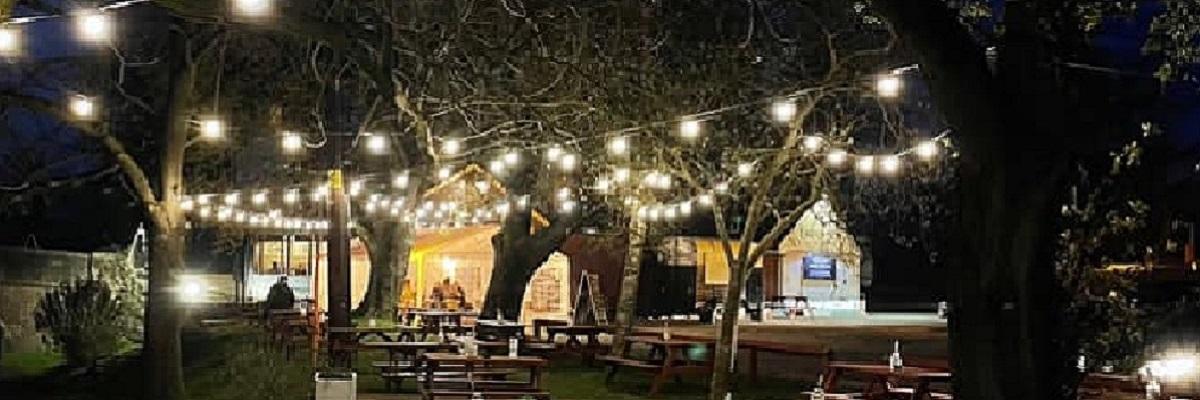A Potted History
History of the Eagle and Sun, Hanbury Wharf.
Although it is not clear exactly when the Eagle and Sun was built on the site adjacent to the junction of the Birmingham to Worcester Canal and the Droitwich Canal (Droitwich Junction Canal) it is believed to have been in the 1830’s.
 The Pub which is also alongside the Saltway Roman road, is considered therefore to be approaching 200 years old but its exact date is unknown. From maps of the period it would appear that it was not documented in 1831, but appears in the 1879 revision.
The Pub which is also alongside the Saltway Roman road, is considered therefore to be approaching 200 years old but its exact date is unknown. From maps of the period it would appear that it was not documented in 1831, but appears in the 1879 revision.
However from the records of the Hanbury Gazetteer, it would seem that a licensee was documented in 1855 a certain Mrs Mary Bourne, Victualler followed by Mr Samuel Clarke, Licensee Shopkeeper in 1879.
Interestingly at that time the Pub was called The Railway Tavern, obviously connected with the Birmingham – Gloucester railway and the Droitwich Road goods Station just 400 yards east.

 The original Station House is still standing and can be seen from the bridge on the crest of the hill although the stations closed many years ago.
The original Station House is still standing and can be seen from the bridge on the crest of the hill although the stations closed many years ago.
Again from maps of the period it is clear that the name Railway Tavern must have changed to the Eagle and Sun sometime between 1883 and 1902 but again the exact date is unsure.
The Architecture of the Pub is also interesting with a distinctive Dutch Gable End at either end, this style was very popular in the Early-Mid 19th Century and can be widely seen in the city of Worcester where many examples still remain.
 There is also a distinctive “Cross Barrels” motif over the original roadside entrance, although this looks quite old it would appear that it was erected by Radcliffe & Co Ltd, Cross Brewery which operated from 1931, acquired by W. Butler & Co in 1947, so fairly contemporary.
There is also a distinctive “Cross Barrels” motif over the original roadside entrance, although this looks quite old it would appear that it was erected by Radcliffe & Co Ltd, Cross Brewery which operated from 1931, acquired by W. Butler & Co in 1947, so fairly contemporary.
If you have any more details of the pubs history please let us know at info@eagleandsundroitwich.com
Canal History
 The Worcester and Birmingham Canal is a canal linking Birmingham and Worcester in England. It starts in Worcester, as an 'offshoot' of the River Severn (just after the river lock) and ends in Gas Street Basin in Birmingham. It is 29 miles (47 km) long. There are 58 locks in total on the canal, including the 30 Tardebigge Locks, one of the largest lock flights in Europe. The canal climbs 428 feet (130 m) from Worcester to Birmingham. The Canal was finally opened in 1815 with the Worcester end being the last completed.
The Worcester and Birmingham Canal is a canal linking Birmingham and Worcester in England. It starts in Worcester, as an 'offshoot' of the River Severn (just after the river lock) and ends in Gas Street Basin in Birmingham. It is 29 miles (47 km) long. There are 58 locks in total on the canal, including the 30 Tardebigge Locks, one of the largest lock flights in Europe. The canal climbs 428 feet (130 m) from Worcester to Birmingham. The Canal was finally opened in 1815 with the Worcester end being the last completed.
The Droitwich Barge Canal was one of the first in England, opening in 1771. It was built to carry salt from Droitwich to the River Severn. The Junction Canal was one of the last to be built, opening in 1854 to link the Barge Canal to the Worcester & Birmingham Canal.
Traffic on both canals declined with the coming of the railways. By the 1920s the canals were no longer being used, and in 1939 Droitwich Council applied for an Act of Parliament to abandon them.
The Barge Canal had all but vanished by the 1970s when enthusiasts formed a trust to restore the waterways. Since then they have put in more than 2,500 days of voluntary work, moving an estimated 300,000 tonnes of mud from the route of the canal and its locks.
Barge Canal was officially reopened in 2010, while the Junction Canal reopened in July 2011. Following the opening of the canal, ownership transferred to the newly created Canal and River Trust
Railway History
 The building of a railway line from Birmingham to Gloucester was authorised by Act of Parliament in 1836. The Birmingham and Gloucester Railway (B&GR) raised the necessary capital to build the line and construction began forthwith.
The building of a railway line from Birmingham to Gloucester was authorised by Act of Parliament in 1836. The Birmingham and Gloucester Railway (B&GR) raised the necessary capital to build the line and construction began forthwith.
The line was opened in sections starting with a 31 miles long stretch from the Company workshops at Bromsgrove to Cheltenham on 24th June 1840. Bromsgrove to Cofton Farm opened 17th September 1840 (using a temporary station) with Cofton Farm to Camp Hill terminus being opened on 17th December 1840. The original Camp Hill terminus station closed when a link was made into the Curzon Street station of the London & Birmingham Railway from 17th August 1841 (and to Birmingham New Street from 1854).
The B&GR merged with the Bristol and Gloucester Railway on 14th January 1845 to form the Birmingham and Bristol Railway and on 31st August 1846 the whole become a part of the Midland Railway.
Station Image – D-J North 1955
